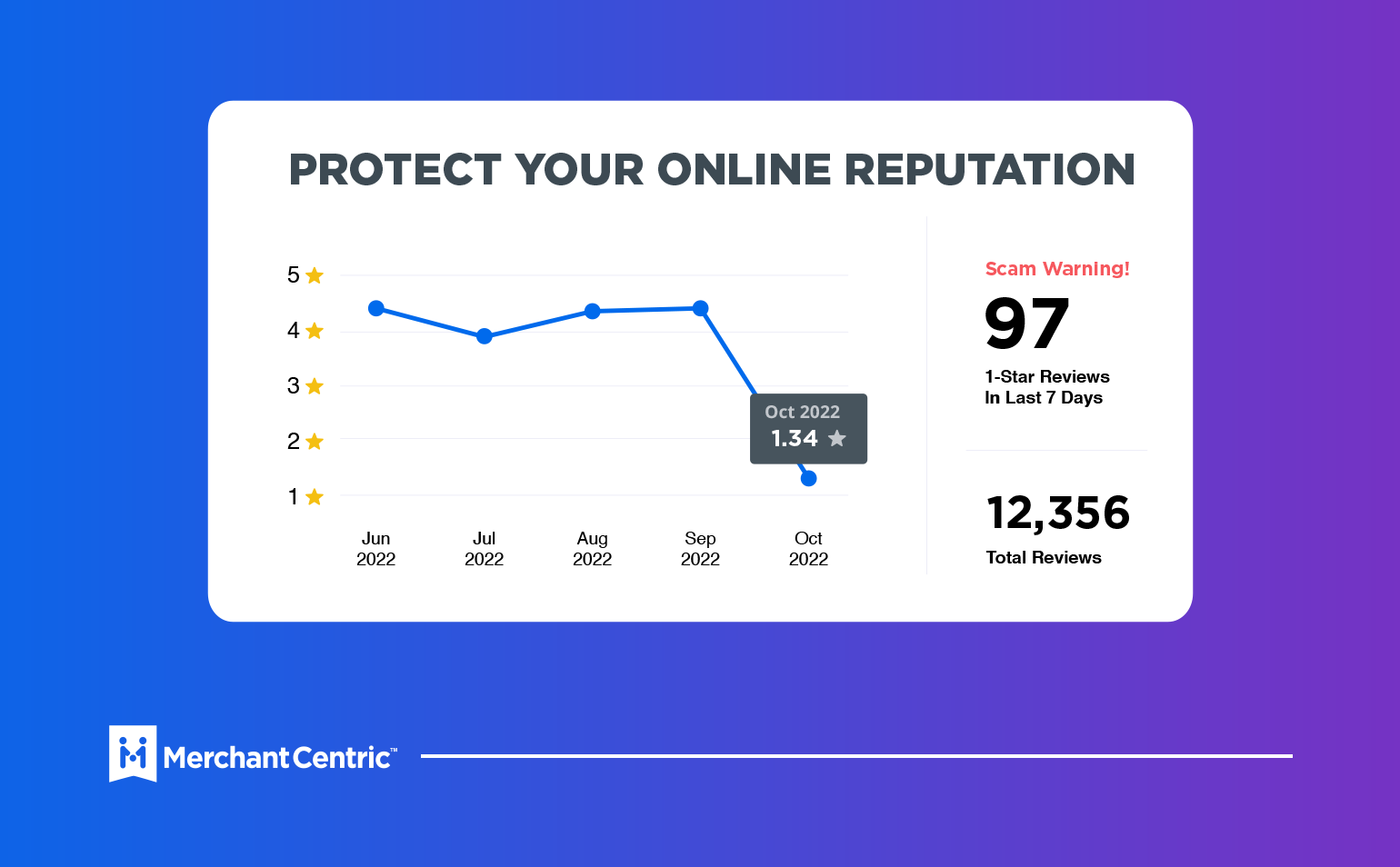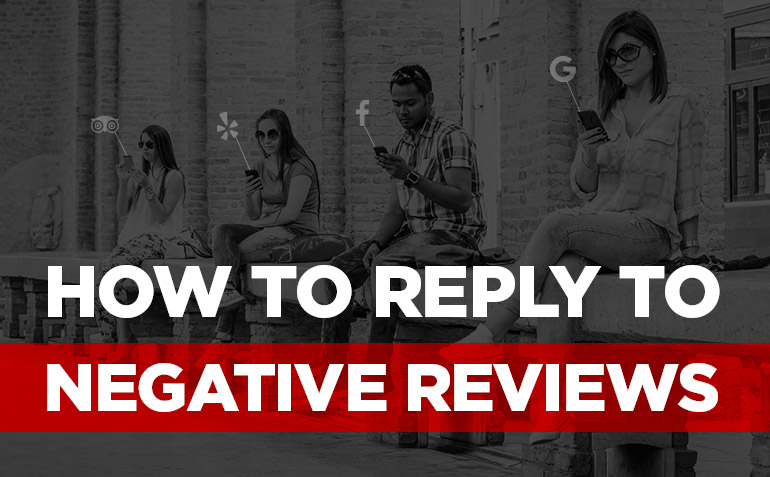Online reviews are growing at a rapid rate, with recent research revealing a 66% increase in online reviews for U.S. businesses from March 2017 to March 2018.
Now, more than ever, it’s vital to focus on improving your business’s online reputation. Studies have shown, time and time again, that ratings—positive and negative—affect revenue.
Everyone has the power to get more and better ratings. In this part of our ongoing series addressing the importance of online reputation, we’ll discuss how to set realistic goals for improving your star ratings. You will learn what you need to achieve in order to reach your goal, which is a key step in taking your online reputation from good to great.
The Math of Going from Good to Great
Luckily, you were paying attention in math class, because you’ll need to use some basic math when improving your online reputation. Don’t worry, no algebra. Let’s look at how you can answer two questions:
- What will my All-Time Average Star Rating be a year from today?
- How many reviews do I need, at what average rating, to increase my All-Time Average Star Rating by a Desired Rating Increase (DRI) amount?
Predicting Your Star Rating
To answer the first question and predict what your All-Time Average Star Rating can be in a year, you’ll need a few key metrics. You can find these metrics on your company page on sites such as Yelp, TripAdvisor, Google and Facebook. Improving your online reputation starts with knowing where you currently stand. This can be a bit more work if you have multiple locations. However, you may have a guest engagement or reputation management service that allows you to quickly find your ratings for your businesses’ multiple locations, which will make this step easier.
The key metrics you’ll need include:
- Current All-Time Average Star Rating
- Total number of reviews
- Review Velocity (how many reviews you receive per month, on average)
- Rating Trend (the average rating of the reviews from the most recent month)
So, let’s say you own the tapas bar in our example below; you would have the following metrics:
- Current All-Time Average Star Rating: 3.75
- Total number of reviews: 192
- Review Velocity of 10 per month or 120 per year
- Rating Trend of 4.25 (Note that you are doing better now than in the past as evidenced by a higher average rating of reviews during the recent month versus All-Time.)
To predict what your All-Time Average Star Rating will be at this time next year, you would:
- Take the Rating Trend (4.25) and subtract the Current All-Time Average Rating (3.75) = .5 or half a star. This is your rating difference.
- Now figure out your Trend Impact Ratio, which is your Annual Review Velocity (120) divided by your total number of reviews in a year. Total Reviews in a year = Current Total Reviews of 192 + Additional Reviews in year 120 = 312, so 120 / 312= .38.
- Now multiply the Trend Impact Ratio (.38) by the rating difference (.5) to get the gain/loss in your All-Time Average Star Rating of .19.
- So, in one year, your tapas bar’s All-Time Average Star Rating can increase by .19 stars from 3.75 to 3.94 stars.
Get the Good to Great Worksheet to predict your future star rating.
Desired Rating Increase (DRI)
Now let’s address the second question of how to figure out what you need to reach a Desired Rating Increase (DRI).
As a rule of thumb, you’ll need to get twice your current All-Time number of reviews with a Average Rating Trend twice your DRI. So for example, if you have a DRI that’s a quarter of a star or .25, and your current All-Time Average Star Rating is 3.75, you’ll need to get additional reviews equal to your current number of All-Time reviews with a Rating Trend of twice the Desired Rating Increase (2 x .25 = .5).
So, if your tapas bar in our example had a DRI of .25, in order to achieve an All-Time Average Star Rating of 4 Stars (3.75 currently, plus DRI of .25) it would need 192 reviews with a Review Trend of 4.25 (3.75 + 2x DRI). So, at its current Review Velocity of 10 per month, this would take just over 19 months.
If you have questions about, or want help with, the metrics and calculations above, please contact us at Merchant Centric. We are here to help.
Check back in for another installment in this series, which will focus on how to better understand what a great rating is by exploring and understanding how your ratings compare to your local competitors.










